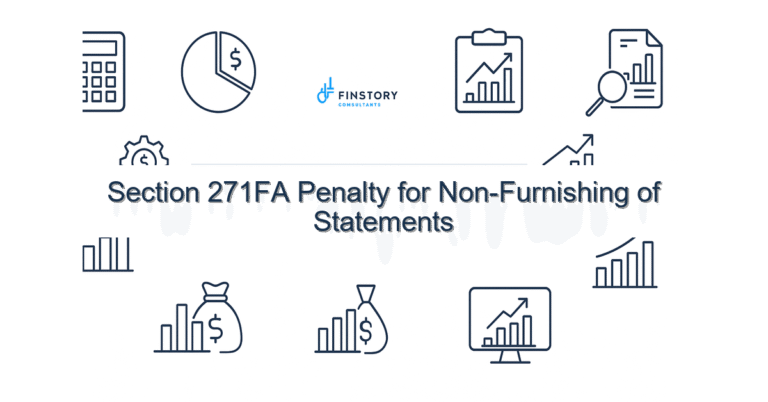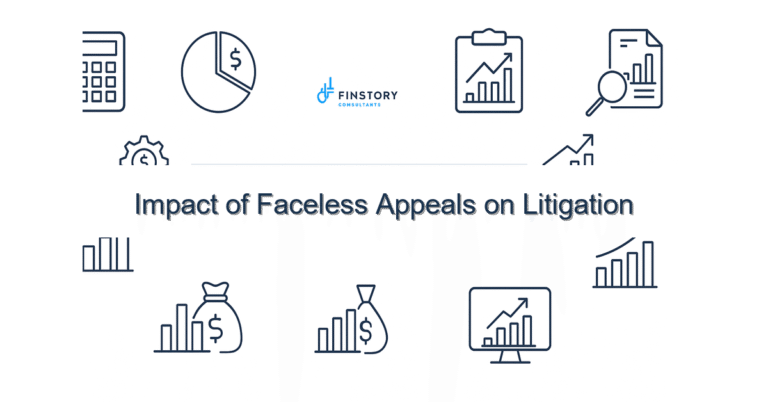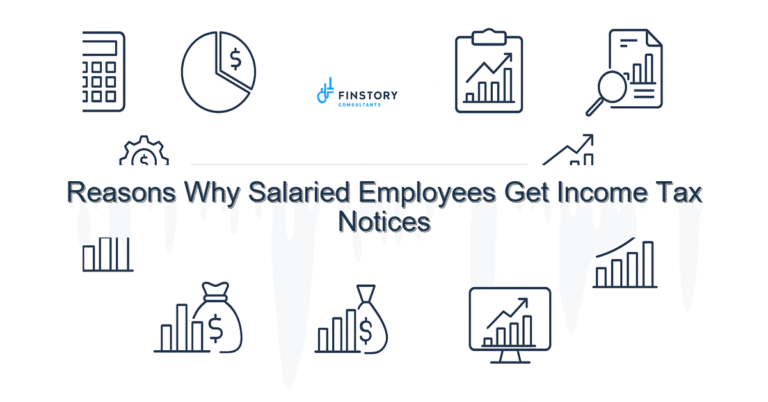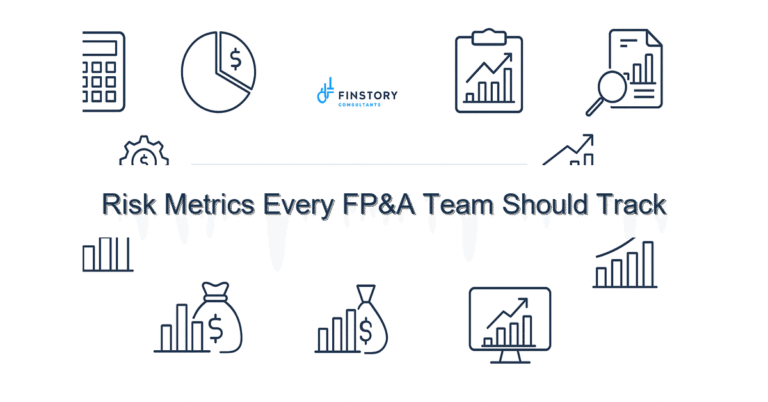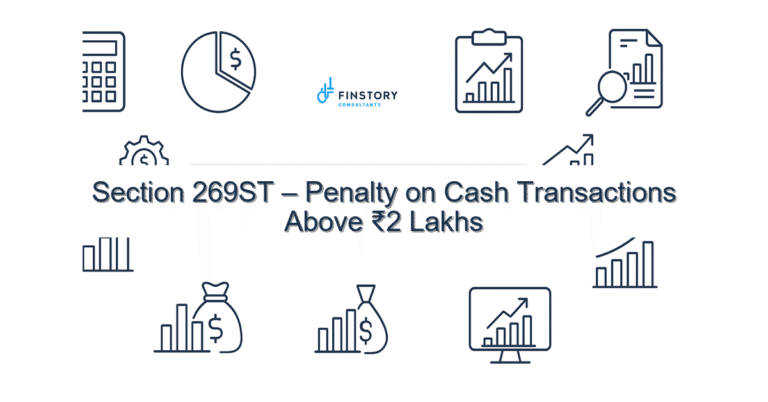Income Tax India: Notice for Mismatch in Form 26AS – Step-by-Step Guide
Feeling stressed after an income tax india notice about a mismatch in your Form 26AS? You’re not alone — salaried employees, professionals, founders and finance heads (CFO/FP&A) face this every year around ITR filing last date and assessment cycles. This guide walks you through why it happens and exactly what to do next.
Summary: The key takeaway: most AIS/26AS mismatches are fixable with a systematic approach — reconcile TDS/TCS, correct employer or payer data, and respond to the notice with documented evidence; escalate only when necessary. For a full walkthrough on filing, see [link:ITR guide].
income tax india — What’s the real problem?
Mismatches between the Annual Information Statement (AIS)/Form 26AS and your ITR can trigger an income tax notice from CPC or the assessing officer. The root causes are often timing (PY/AY differences), reporting errors by deductors, or incorrect classification of income items. CBDT timelines for TDS/TCS uploads and employer corrections can mean your Form 26AS looks different from payroll or books of accounts.
- Symptom: Notice cites higher TDS/TCS or income not reflected in ITR.
- Symptom: Bank interest or capital gains numbers differ in AIS/26AS vs returns.
- Symptom: Mismatch in PAN, TAN, or challan numbers for TDS/TCS.
- Symptom: Employer or client sent correction after your ITR filing; CPC flagged it.
What people get wrong
Common pitfalls waste time and increase risk. Avoid these mistakes:
- Waiting to act — assuming a notice will go away. It won’t; timelines matter.
- Relying only on salary slips — AIS/26AS is prepared from filings and bank reports (TDS/TCS, high-value transactions).
- Failing to verify PAN/TAN or challan numbers before replying.
- Not using the right classification — e.g., treating non-salary reimbursements as salary or misreporting capital gains (remember capital gains indexation rules).
- Responding without documentary backup: bank statements, Form 16/16A, TDS certificates, contract invoices.
A better approach
Use a simple 4-step framework to resolve notices quickly. This approach works for individual taxpayers, startups, and finance teams managing multiple returns.
- Step 1 — Triage: Read the notice carefully. Note AY/PY, cited sections, and deadlines. Is it a simple mismatch in TDS/TCS or a demand for tax?
- Step 2 — Reconcile AIS/26AS vs your books: Map each TDS entry to Form 16/16A, bank interest entries, broker statements (capital gains indexation where applicable), and vendor invoices.
- Step 3 — Correct at source: If the discrepancy is due to a wrong PAN/TAN or challan, ask the deductor to file a correction statement or issue a revised TDS certificate. Keep the correction reference number.
- Step 4 — Respond to the notice: Upload evidence (scanned Form 16/16A, corrected TDS certificates, bank statements) with a clear covering letter and computation. Use the e-proceedings portal if required.
Short story: A SaaS founder called her FP&A head after receiving a demand matching a TDS entry of INR 12 lakh. A quick reconciliation showed a client had credited the payment to an old PAN. The client issued a corrected TDS certificate within 10 days; the founder filed a response attaching the correction and the notice was closed without demand.
Quick implementation checklist
- Download latest AIS/26AS from TRACES and the income tax portal.
- Compare AIS/26AS entries to Form 16/16A, bank statements, broker ledger (capital gains indexation), and bookkeeping records.
- Highlight unmatched entries: PAN/TAN mismatches, missing challan numbers, or duplicate TDS.
- Request corrected TDS certificates or rectification statements from deductors; note CBDT timelines for corrections.
- Prepare a concise reply with a computation and supporting documents to attach on the e-proceedings portal.
- If the notice demands tax, compute payable amount under new vs old regime slabs to check accuracy and include Section 80C limit/utilizations if relevant.
- Keep copies of communications with deductors and the IT department acknowledgement.
- For material sums, involve your tax advisor or in-house counsel before submitting responses.
What success looks like
- Notice closed by CPC with no demand or penalty within 45–90 days.
- All AIS/26AS entries reconciled against internal books — zero unexplained TDS/TCS items.
- Corrected TDS/TCS certificates received and uploaded to TRACES; Form 26AS reflects corrections next cycle.
- Reduced incidence of recurring mismatches year-on-year through process fixes.
- Faster ITR filing process before the ITR filing last date with fewer manual interventions.
- Clear audit trail for compliance and easier responses for future notices.
Risks & how to manage them
Ignoring notices or filing incomplete responses can lead to penalties, interest, and escalation to scrutiny. Manage risks by:
- Documenting communication with deductors and IT authorities.
- Engaging a tax expert for complex disputes (e.g., disputed capital gains and indexation claims).
- Maintaining monthly reconciliation of TDS/TCS in your accounting system.
- Escalating to senior management for material demands to determine cash planning and potential appeals.
Tools & data
- TRACES and the income tax e-filing portal — primary sources for AIS/26AS and notices.
- ERP / accounting software with TDS/TCS tagging (useful for CFOs and FP&A teams).
- Bank statements, broker reports, Form 16/16A, invoices, and challan receipts.
- Checklist templates and response letter templates for the e-proceedings portal.
- Tax advisory support for complex items (international tax, capital gains indexation, Section 80C limit optimization, new vs old regime slabs analysis).
Next steps
If you’ve received a notice, start by downloading AIS/26AS and doing the reconciliation checklist above. If the mismatch is material or you’re unsure, contact your tax advisor or reach out to us. We can help map the issue, prepare the response, and liaise with deductors and the tax department.
Please contact Finstory for a tailored review of your notices, process setup, or team training. We handle cases for individuals, startups, and corporate finance teams — especially around TDS/TCS and year-end rush before the ITR filing last date.
income tax india compliance doesn’t have to be stressful — with the right process, most AIS/26AS mismatches are resolved quickly.
Work with Finstory. If you want this done right—tailored to your operations—we’ll map the process, stand up the dashboards, and train your team. Let’s talk about your goals.
📞 Need help with Income Tax in India?
Book a 20-min consultation with our tax team. Individuals, founders & MSMEs welcome.
Prefer email or phone? Write to info@finstory.net
or call +91 44-45811170.

